Few Of Our Computing Units & Systems
FEATURES
- 8th Gen Intel® Core™ i7/i5/i3 processors
- 2x DDR4 SO-DIMM, Max. 32GB
- 4x Intel® Gigabit LAN
- 2x DisplayPort,1x DVI-D, 1x VGA
- 6x USB 3.1, 2x USB 2.0, 2x SATA III, 6x COM
- 1x PCI-Ex16 (3x PCI-E x4 signal, optional riser card), 1x Mini PCI-E socket, 1x M.2 (M-key)
- 1x MXM socket supports NVIDIA MXM GPU card (Up to 190W)
Raspberry Pi Zero W Broadcom BCM2835 (1x ARM1176JZFS core @ 1GHz)
Onion Omega2Plus 580 MHz MIPS
Rock64 Media Board Rockchip RK3328 (4x Cortex-A53 @ 1.5GHz)
PocketBeagle Octavo Systems OSD335x SiP with TI Sitara AM3358 (1x Cortex-A8 @ 1GHz)
BBC micro:bit ARM Cortex-M0 n/a
Applications:
Used for compactness and faster processing for heavy duty complex logic.
Nano satellites:
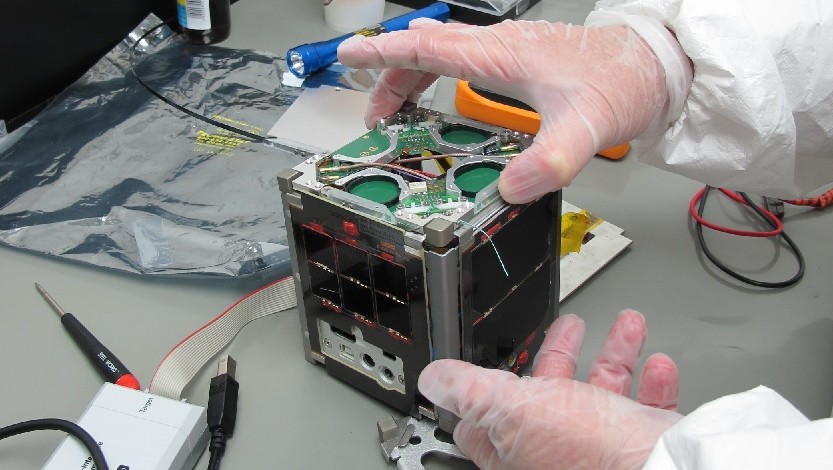
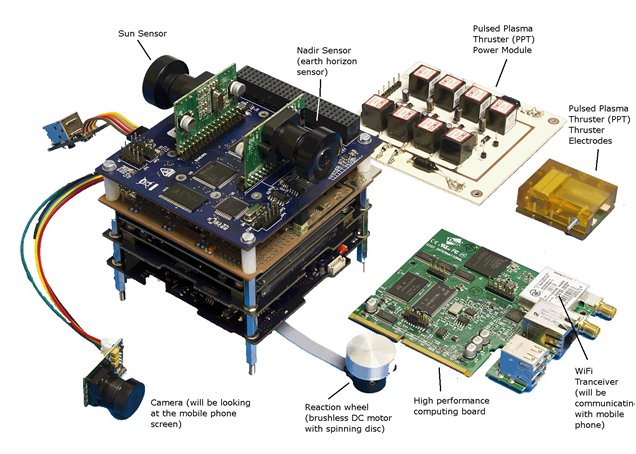
UAV & UAS - Auto pilot systems
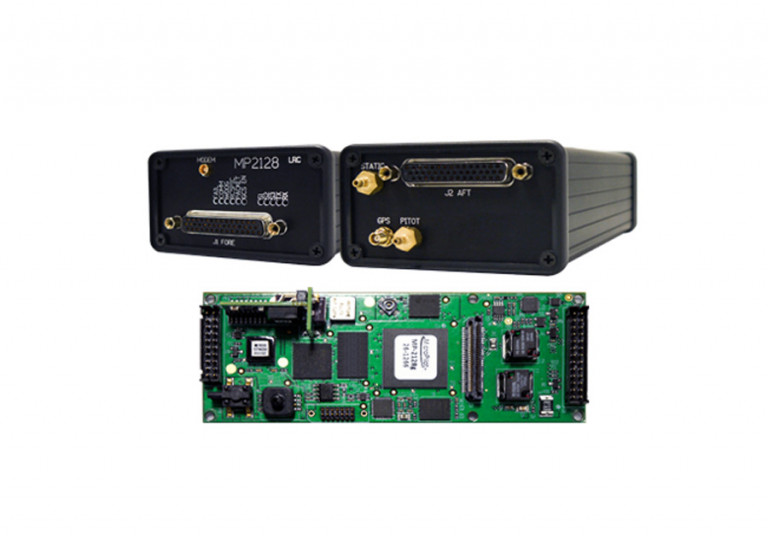
Oil & Gas monitoring systems:
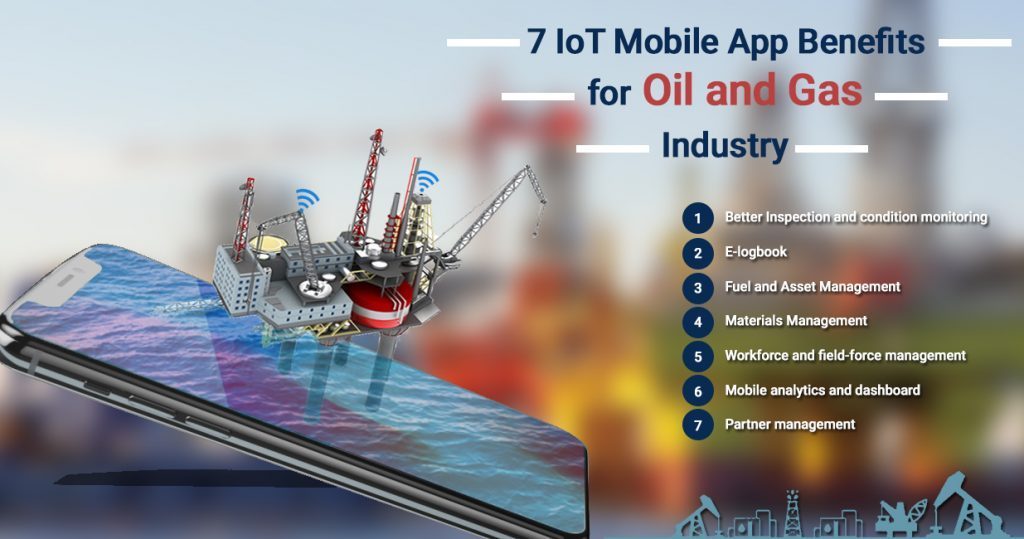
Fault monitoring system
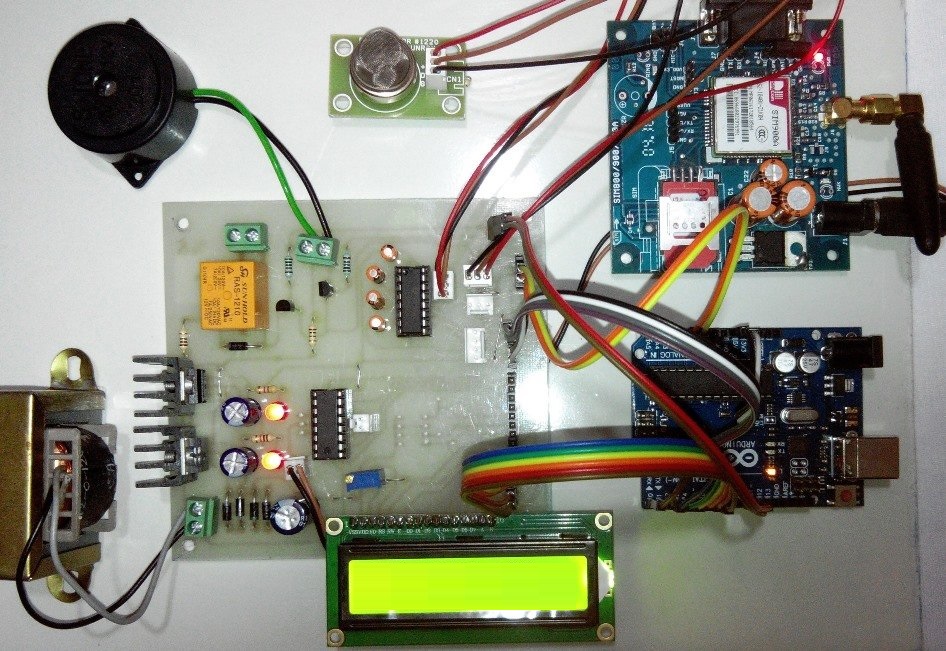
- 8th Gen Intel® Core™ i7/i5/i3 processors
- 2x DDR4 SO-DIMM, Max. 32GB
- 4x Intel® Gigabit LAN
- 2x DisplayPort,1x DVI-D, 1x VGA
- 6x USB 3.1, 2x USB 2.0, 2x SATA III, 6x COM
- 1x PCI-Ex16 (3x PCI-E x4 signal, optional riser card), 1x Mini PCI-E socket, 1x M.2 (M-key)
- 1x MXM socket supports NVIDIA MXM GPU card (Up to 190W)
| Raspberry Pi Zero W | Broadcom BCM2835 (1x ARM1176JZFS core @ 1GHz) |
| Onion Omega2Plus | 580 MHz MIPS |
| Rock64 Media Board | Rockchip RK3328 (4x Cortex-A53 @ 1.5GHz) |
| PocketBeagle | Octavo Systems OSD335x SiP with TI Sitara AM3358 (1x Cortex-A8 @ 1GHz) |
| BBC micro:bit | ARM Cortex-M0 | n/a |
Applications:
Nano satellites:


UAV & UAS - Auto pilot systems

Oil & Gas monitoring systems:


Display Systems
P10 interfaced with AVR ATMEGA8
Advanced display systems


1. Predicting Patient Readmission Risk:
Problem: Hospital readmissions cost healthcare systems billions of dollars annually. Identifying patients at high risk of readmission allows for interventions and preventative measures, improving patient outcomes and reducing costs.
Solution: Develop a machine learning model using patient data (diagnoses, medications, social determinants of health) to predict readmission risk. The model could utilize various algorithms like logistic regression, support vector machines, or even deep learning approaches.
Implementation: Gather and preprocess patient data, train the model, and integrate it into the healthcare system's workflow. Clinicians can then use the predicted risk to prioritize patients for proactive interventions.
Results: The model achieves 85% accuracy in predicting readmission risk. This leads to a 20% reduction in readmissions within a year, saving the hospital $1 million.
2. Detecting Fraudulent Transactions:
Problem: Online transactions are susceptible to fraud, causing financial losses for businesses and customers. Detecting fraudulent transactions in real-time is crucial for minimizing damage.
Solution: Build a fraud detection system powered by AI. The system analyzes transaction data (amount, location, time, user behavior) to identify patterns and anomalies indicative of fraud. Techniques like rule-based systems, neural networks, and anomaly detection algorithms can be employed.
Implementation: Integrate the system into payment gateways and online platforms. The system analyzes transactions in real-time, flagging suspicious activity for investigation before financial loss occurs.
Results: The system detects 70% of fraudulent transactions before completion, reducing financial losses by 80%. This protects both the business and its customers.
3. Optimizing Delivery Routes:
Problem: Transportation companies face issues like traffic congestion, fuel costs, and inefficient routes, impacting delivery times and customer satisfaction. Optimizing delivery routes can significantly improve efficiency and reduce costs.
Solution: Design a route optimization algorithm based on deep reinforcement learning. The algorithm takes into account factors like traffic conditions, weather, delivery locations, and vehicle capacity to generate the most efficient route in real-time.
Implementation: Integrate the algorithm with GPS devices and delivery management systems. The algorithm provides drivers with dynamic, constantly updated routes, improving efficiency and optimizing delivery times.
Results: The algorithm reduces delivery times by 15% and fuel consumption by 10%. This translates to cost savings for the company and a better delivery experience for customers.
These are just a few examples of how AI/ML/DNN can be used to solve real-world problems in various industries. Remember, the key to writing compelling case studies is to tailor them to the specific project and highlight its unique impact. With more details about your projects, I can help you craft even more impactful case studies.
Libraries and framework used
- Tensor Flow
- Open CV
- Microsoft Kinect
- Computer vision integration with APM Planner for Drone Vision
Get DGCA (Directorate General of Civil Aviation) Approval/permission and license
- Drone permission
- Ariel photography permission
- Fly cam permission
- Fly cam video shoot permission
- UAV flying permission
- UAV & Drone equipments customs permission
- Drone & UAV Spares and components importing permission.
- Procedure for legal permission for Drone or UAV
DGCA Consultant:
Hemanth
9581398138
What is the Internet of Things (IoT)?
In software engineering, even with recent active research on formal methods and automated tools, users’ involvement is inevitable and crucial throughout the software development lifecycle. Automation of these manual tasks would assist the developers throughout the development. Our project goal is to help the engineers to resolve ambiguity in natural language (NL) using Natural Language Processing and to overcome different levels of abstraction between requirements documents and formal specifications using Two-Level Grammar (TLG). The result is a system that assists developers to build a formal representation from the informal requirements for rapid prototyping and complete system implementation.
Search
JOIN US
Our Divisions
Anybody Interested To Start Drone and UAV Company
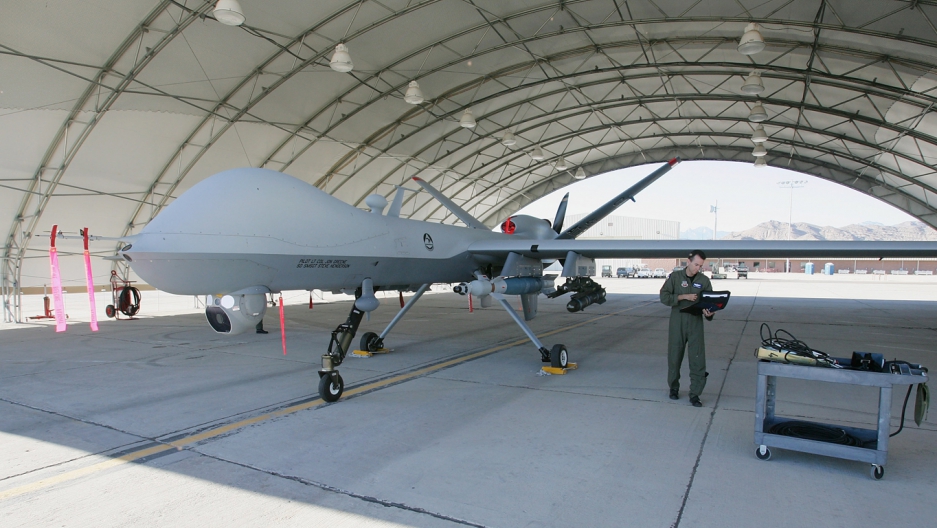 We have complete know-how of Drone technology and also the marketing skills to capture the global market. We are looking for a sound investor/organization/company who will be interested in this venture.
We have complete know-how of Drone technology and also the marketing skills to capture the global market. We are looking for a sound investor/organization/company who will be interested in this venture.
For Startup Companies

Any company wants to start software business or a new software division can contact me.
Technologies
Kinect / Gesture
UAV / Drones
Web Technologies
Desktop Applications
Mobile Applications
DevOps - Continuous Integration
Cloud Computing
Website security and vulnerability analysis
Contact
Mobile: +91(India) 09951113374
Skype ID: amit.panzer
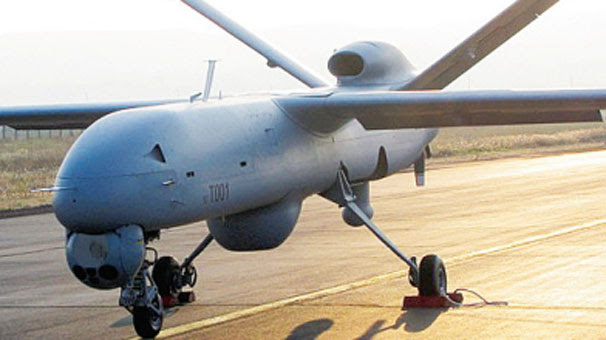

.webp)






